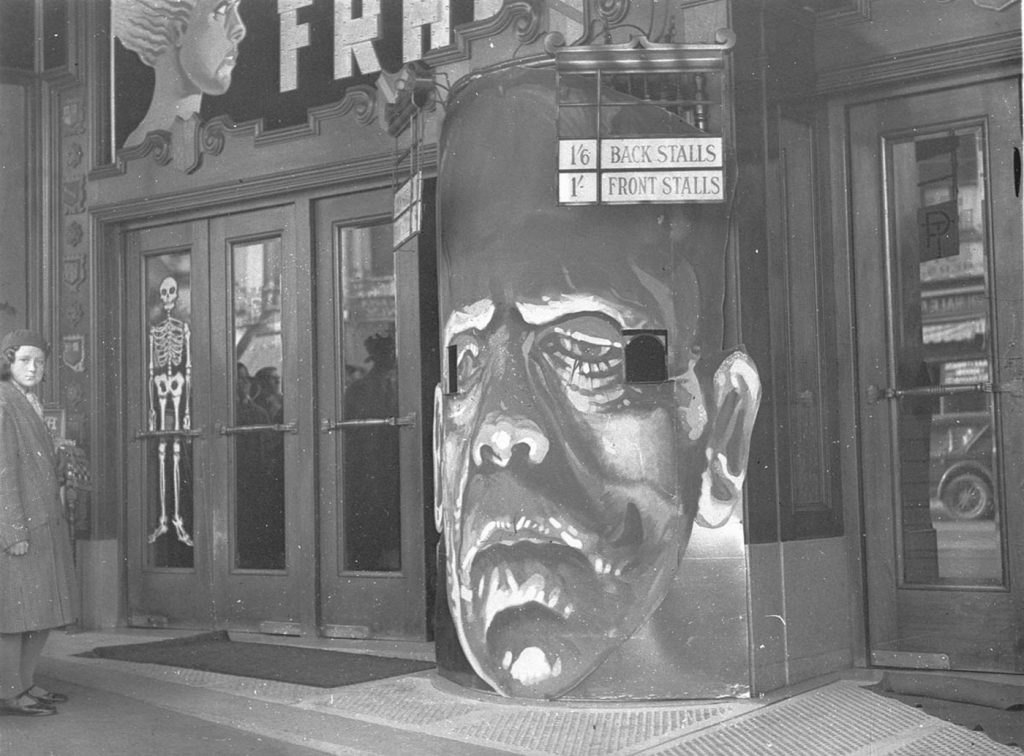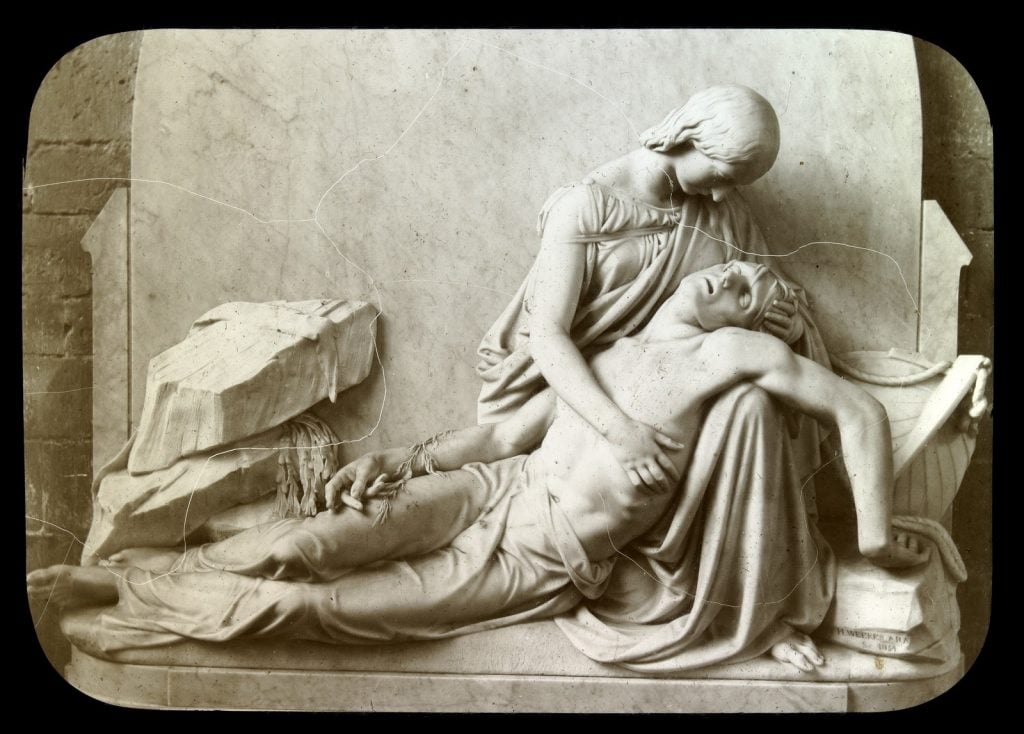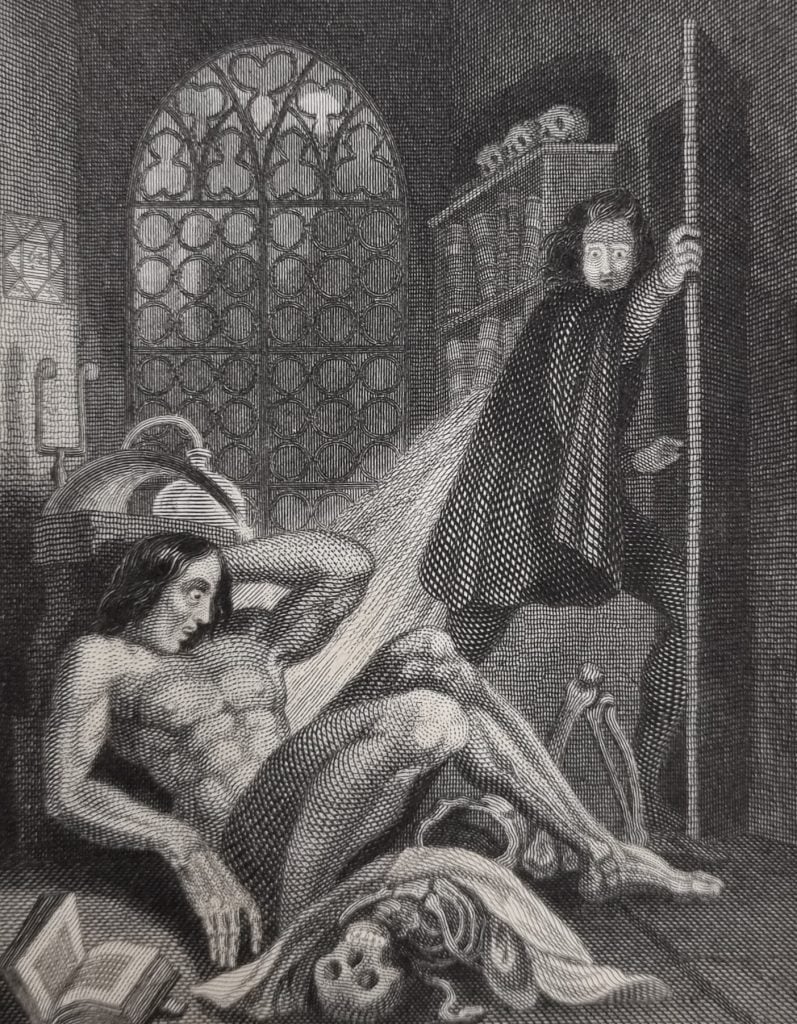State Library Victoria recently acquired an 1832 printing of the third edition of Mary Shelley’s, Frankenstein for its Rare Book Collection. First published anonymously in 1818, Frankenstein is lauded as the first true science-fiction novel. Some 200 years later, this masterpiece of Gothic and Romantic literature continues to captivate the collective imagination. Perhaps the one true testament to its continued longevity is the number of contemporary films, television shows, stage plays, music, and comic adaptations it continues to inform and influence.

Mary was the daughter of political philosopher and novelist, William Godwin and renowned writer and women’s rights advocate, Mary Wollstonecraft. State Library Victoria holds the third edition of Wollstonecraft’s seminal feminist treatise, A vindication of the rights of woman : with strictures on political and moral subjects, (1796). It was through William Godwin that Mary first met English Romantic poet, Percy; a loyal and devout follower of her father. Their tumultuous love affair started when Mary was at the age of 16. William forbade the married Percy to consort any further with Mary. In July 1814, the two eloped to France.

In 1816, Percy, Mary, Mary’s half-sister, Claire Clairmont (Percy had previously had an affair with Claire) joined the enigmatic Lord Byron at the Villa Diodati on Lake Geneva. It was during this visit that Mary conceived her most famous novel, Frankenstein. In an updated preface for the third edition, Mary explains in detail the night where Frankenstein first entered the world:
‘In the summer of 1816, we visited Switzerland, and became the neighbours of Lord Byron.‘
‘But it proved a wet, ungenial summer, and incessant rain often confined us for days to the house.‘
‘We will each write a ghost story,” said Lord Byron; and his proposition was acceded to. There were four of us.‘
‘I busied myself to think of a story, —a story to rival those which had excited us to this task. One which would speak to the mysterious fears of our nature, and awaken thrilling horror—one to make the reader dread to look round, to curdle the blood, and quicken the beatings of the heart.‘
‘They talked of the experiments of Dr. Darwin, (I speak not of what the Doctor really did, or said that he did, but, as more to my purpose, of what was then spoken of as having been done by him,) who preserved a piece of vermicelli in a glass case, till by some extraordinary means it began to move with voluntary motion. Not thus, after all, would life be given. Perhaps a corpse would be re-animated; galvanism had given token of such things: perhaps the component parts of a creature might be manufactured, brought together, and endued with vital warmth.‘

For the best part of a decade, readers were asked to envisage the creature with nothing more than their imagination. The third edition is significant being the first illustrated edition of Shelley’s work; providing readers with the first visual dialogue of Frankenstein’s Monster.
“Great God! His yellow skin scarcely covered the work of muscles and arteries beneath; his hair was of a lustrous black, and flowing; his teeth of a pearly whiteness; but these luxuriances only formed a more horrid contrast with his watery eyes, that seemed almost of the same colour as the dun white sockets in which they were set, his shrivelled complexion, and straight black lips”.
English literary painter, Théodor Matthias von Holst designed the famous frontispiece which adorns the third edition. A pupil of Swiss Romantic painter, Henry Fuseli, von Holst captures the moment Victor Frankenstein flees in shock and horror from his creation. What is striking about this image, is the manner with which von Holst renders the “creature.” Rather than faithfully reproducing Shelley’s evocative description of the creature, von Holst reimagines a less grotesque monster; one that deserves pity rather than fear.
As well as being the first illustration edition, the third edition includes an additional chapter with preface, where Shelley describes the genesis of the novel. Substantially revised and corrected by Shelley herself, this is the third and final edition to be published in Mary Shelley’s lifetime, and the edition still most widely read today.

Thanks to the generosity of donors, Helen Sykes and Krystyna Campbell-Pretty, this wonderful piece of social history now resides in State Library Victoria. The Women Writers Fund was established to redress the imbalance of female writers within the collection, through carefully selected purchases, only made possible through our donors.
More information on the Women Writers Fund and how you can support this wonderful initiative can be found at:


I think the library should have a”gothic” interior horror show night. Maybe B/W “magic lantern” show in the reading room with haunted characters floating about and a ghoulish feast (for an entry fee). Dr Frankenstein could well adorn the reading room with all its character: frankenfurter meets House of Blood. Might even have afew bats flying about, so we get in a flap.
More seriously a wonderful acquisition. the Good doctor and his beast ventured into the antarctic, then unknown, closely followed by the reearches of Sir John Franklin fresh from Tasmania.
Fantastic idea, Andrew.
I have been writing about Marys Wollstonecraft and Shelley in Australia. In 1889 the characters in Ada Cambridge’s A WOMAN’S FRIENDSHIP visit the State Library to read “Milton and Mary Wollstonecraft on Marriage and the Rights of Women”. The 3rd edition you mention? Also the library also holds the 1865 pantomime THE BURLESQUE OF FRANKENSTEIN by George Isaacs, regarded as the first Australian sf. It was published but never performed–a dramatised reading is planned for 2022
Thanks, Lucy. How interesting! I Look forward to reading your work about Wollstonecraft and Shelley in Australia. I haven’t read “The Burlesque of Frankenstein” from “Rhyme and Prose”, but will certainly endeavour to now.
I own a copy of the first Australian edition of Frankenstein.Do you know any history of its publication?
Larry